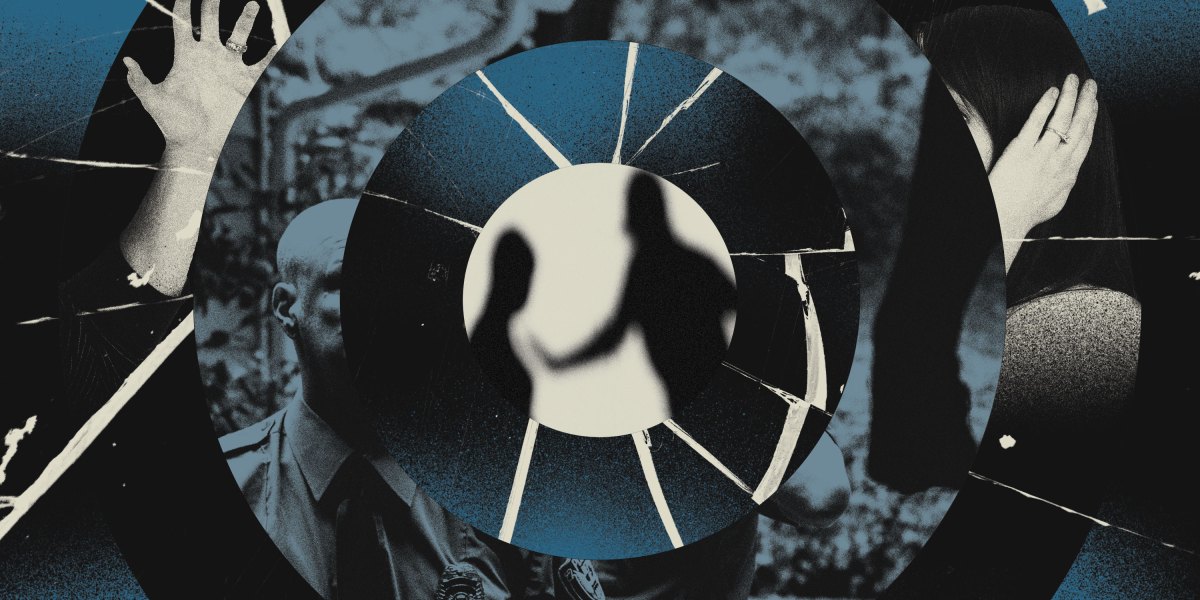
A similar video was captured in Arcadia, California, in September 2019. Dressed in what looks like pajamas, a woman runs into the frame of another doorbell camera. She, too, is looking over her shoulder as she knocks, but her perpetrator catches up quickly. As she screams “No!” and tries to resist, the man drags her by her hair onto the front lawn. The view is obstructed, but he appears to hit her repeatedly and stomp on her. Finally, he says, “Get up or I’ll kill you.”
These videos reveal traumatic moments, and experts say the individuals captured on camera have no control over what happens to the images. In both cases, the camera belongs to a stranger, and so does the video. The homeowner is the one who agrees to Amazon’s terms of service and chooses how to share the video—whether it’s uploaded to the Neighbors app, given to the police, or handed over to the media.
The person in the footage “has no relationship with the company… and never agreed to their likeness being cut up, made into a product,” says Angel Díaz, senior counsel with the Liberty and National Security Program at the Brennan Center for Justice. Critics such as Díaz contend that such videos essentially become free marketing material for Ring, which trades on fear and voyeurism.
The company counters that videos like these, upsetting as they are, can help protect the public. “Ring built Neighbors to empower people to share important safety information with each other and connect with the public safety agencies that serve them,” Daniels, the Ring spokesperson, wrote in an emailed statement.
And, Ring says, it takes steps to protect the privacy of people who appear in such videos. “When it comes to sharing customer videos with media or to our owned channels, our current policy is that we either obtain a release or blur the face of every identifiable person in the video before we share.”
When violent incidents like these are caught on camera and shared, on the surface it may appear that the system of video surveillance and of neighbors looking out for each other is working as it should. Video evidence can certainly aid police and prosecutors. But advocates for domestic violence victims say that when these intimate moments are made public, the people involved are victimized again, by losing their power to make their own decisions. The women in such videos may have wanted and needed help, advocates say—but not necessarily from the police.
In Manor, Texas, for example, police charged the man in the video with third-degree felony kidnapping. But the woman in the video later told local reporters that she was looking for an attorney to try getting the charges dropped.
“They’re selling fear in exchange for people giving up their privacy.”
Angel Díaz, Brennan Center for Justice






